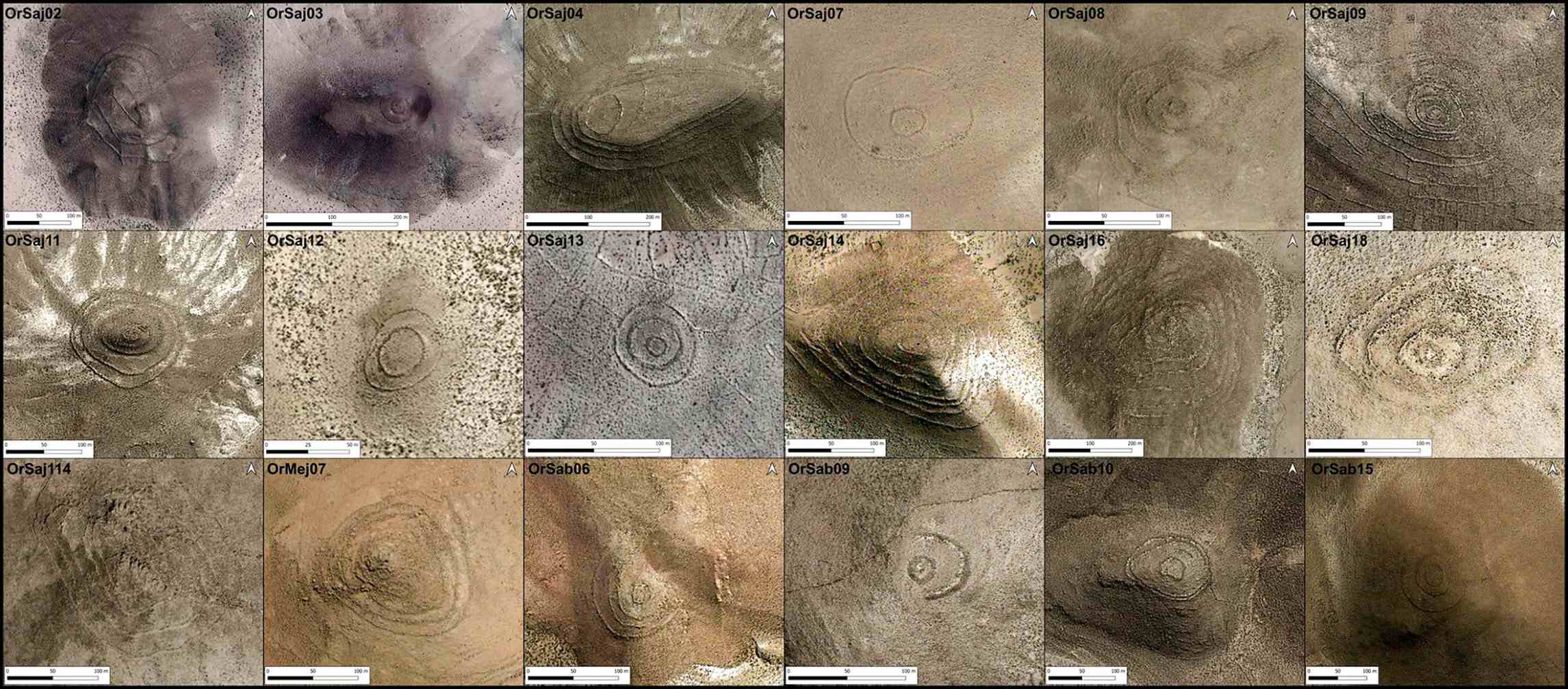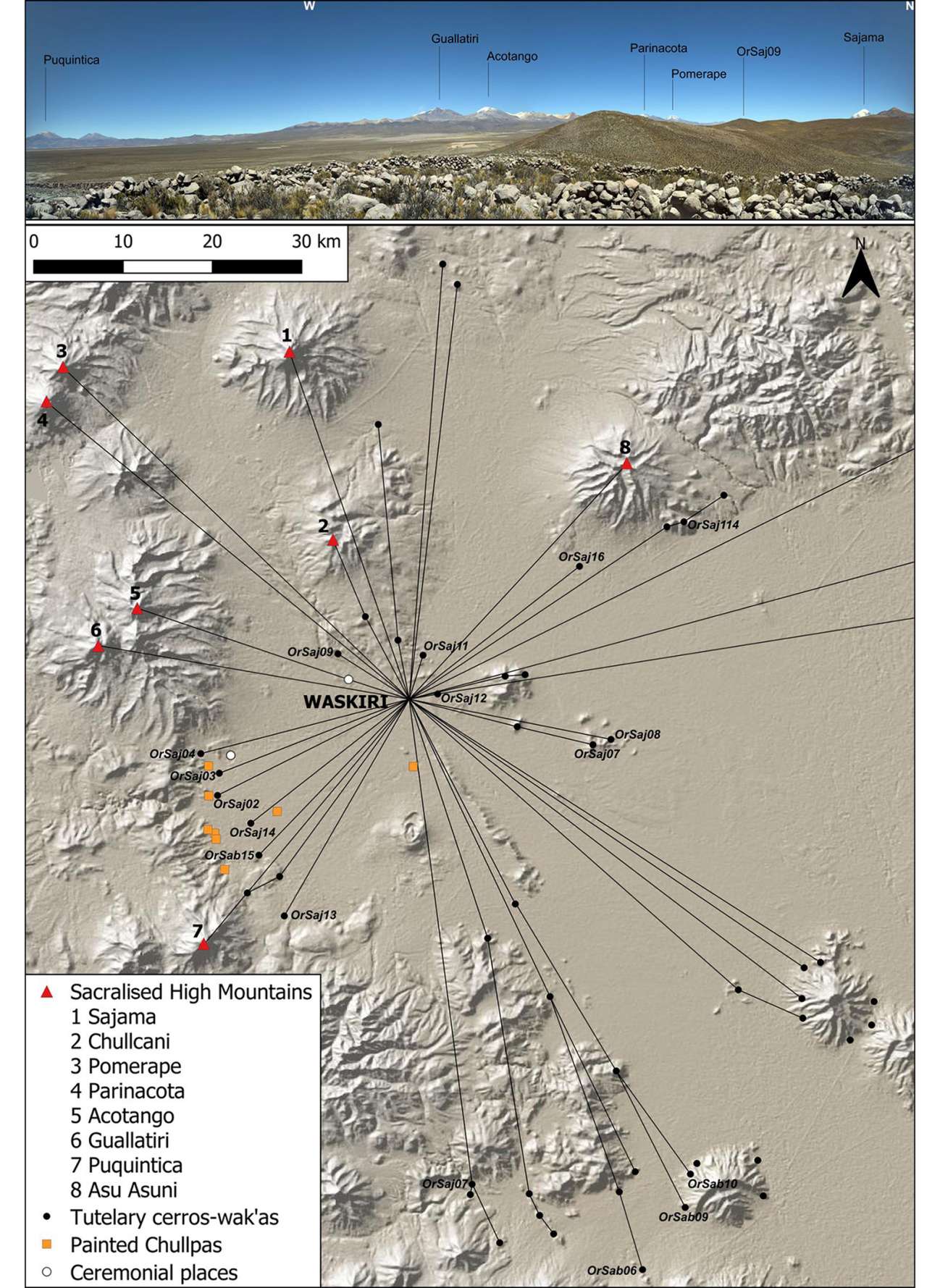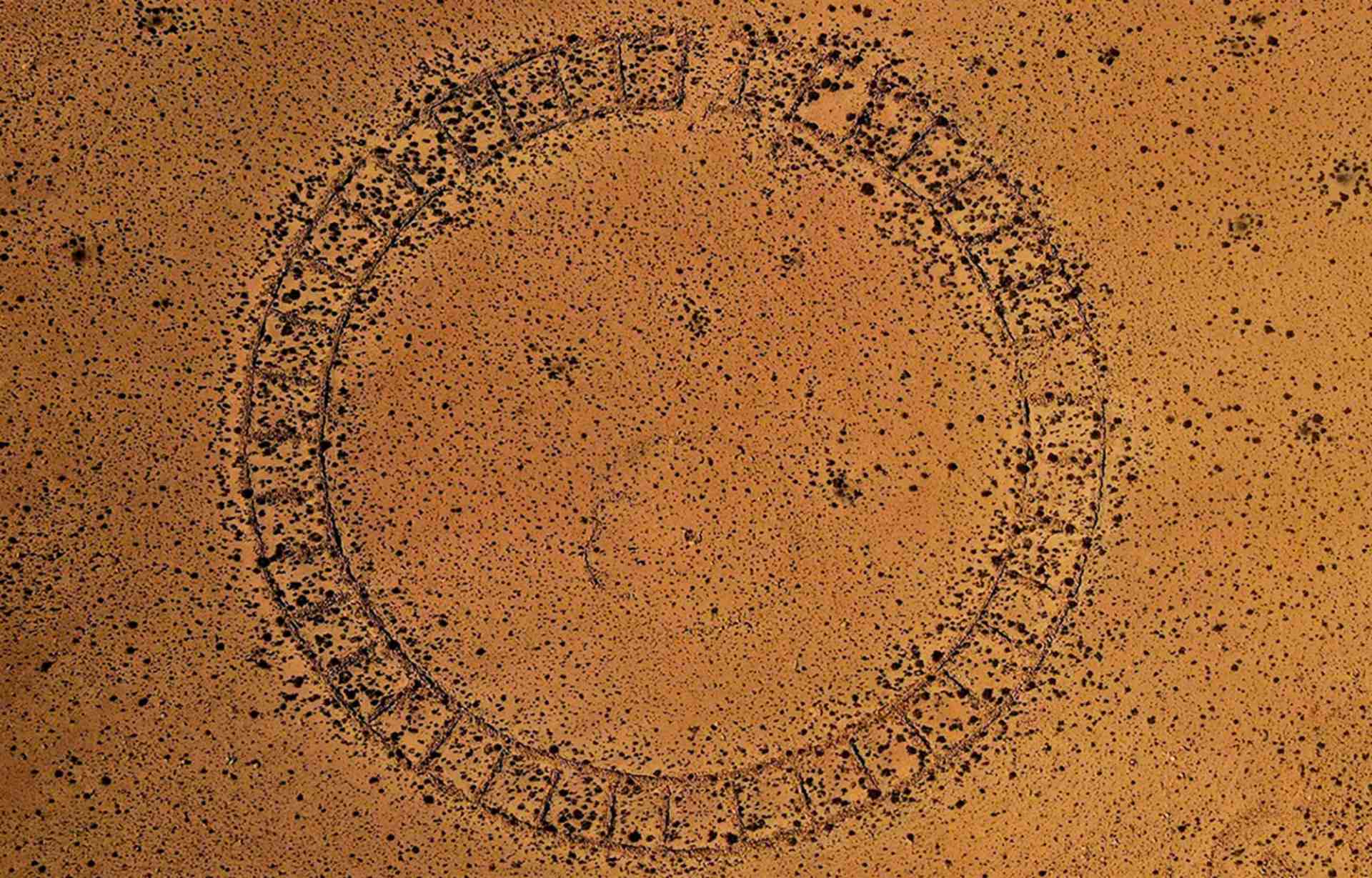Bolivia has long been known for its rich history and cultural heritage. The country is home to some of the most magnificent ancient ruins and pre-Hispanic religious sites in the world. In a groundbreaking discovery, more than 100 pre-Hispanic religious sites have been found that are linked to the ancient Andean cults. These sites are believed to have been used for various religious purposes, including offerings to the gods and ancestor worship. The discovery provides an incredible insight into the daily lives and beliefs of the Andean people who lived over a thousand years ago.

Recently, archaeologists in Bolivia identified a noteworthy set of 135 sites located on hilltops, most of which are directly associated with ancient agricultural production areas. These can be identified on the ground and in satellite images by their variable number of concentric walls (between two and nine per site), each of which occupies a different level of terrace around the hilltop.
Lots of old pottery pieces have been discovered at every location, and they mostly come in styles from nearby areas during the Late Intermediate and Late Periods (1250-1600 AD). Additionally, there are some types of pottery that are connected to the southern expansion of the Incas. Most of the ceramic fragments correspond to bowls, plates and small jars, indicating their use in commensal and ritual practices.

In addition to these concentric-walled sites, archeologists also identified a completely different site, Waskiri, near the Lauca River and the Bolivian-Chilean border. It is an impressive circular construction, located on a small hill, which surprises both in its large dimensions (140m in diameter) and its design and regularity.
The site has a giant ring around it with 39 connected spaces that are each between 106 and 144 square meters. Inside this area is a big open space that is about 1 hectare in size, which is scattered with abundant ceramic fragments ascribed to the Late Intermediate and Late Periods – similar to those observed in the hilltop concentric-circle sites.
No structures or material remains that could be ascribed to earlier or recent periods were discovered by them. Apart from the main site, two other circular constructions measuring 24m and 23m in diameter, were situated at a distance of 40m and 255m respectively.

The pre-Hispanic ceremonial center of Waskiri is not only a surprising discovery in this sparsely populated desert region of the Andes, but also exhibits characteristics that are unprecedented in the pre-Hispanic Andes.
According to the researchers, the first reference to the site is found in the chronicle of the evangelizing priest Bartolomé Álvarez, who traveled through the Carangas region during the 1580s.
As Álvarez explored this region, he stumbled upon a piece of information that piqued his interest – the existence of a ‘large circular building’. In this magnificent circular edifice, the main indigenous authorities of the region, Curacas and Caciques, met to perform the grandest ceremony of the Incans – the Inti Raymi – which was celebrated annually during the month of June.
This was a time when the sun was at its zenith, and the Incans believed that it was a perfect moment for thanking the Sun god for his bountiful blessings. Guaman Poma, the famous Incan chronicler, also wrote about this significant event. Besides the Inti Raymi, other religious celebrations were also held in this awe-inspiring structure, including the ritualistic sacrifice of animals.

The religious and political importance of these celebrations and sites was highlighted in the words of Álvarez when he described the attendees as entering a kind of “solemn drunkenness” in these highly particular buildings that he considered to be the “house and business of hell.”
In conclusion, this ceremonial center and the ritual landscape in which Waskiri is situated provides rich material for further study of the pre-Hispanic history of this part of the Andes – an area that has been generally understudied. Further research will allow investigators to test these initial hypotheses and interpretations.
The study originally published on Antiquity. April 11, 2023.




